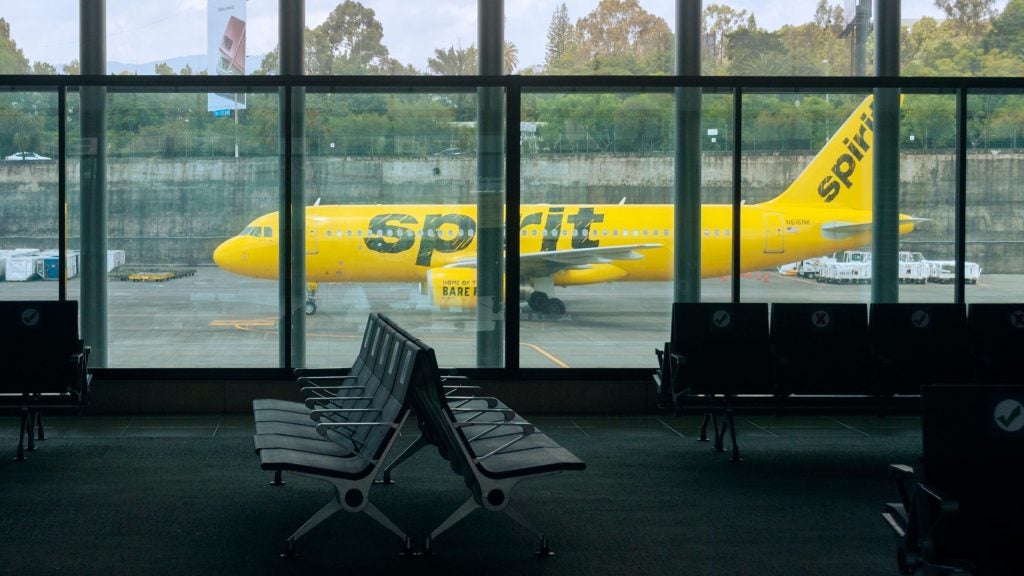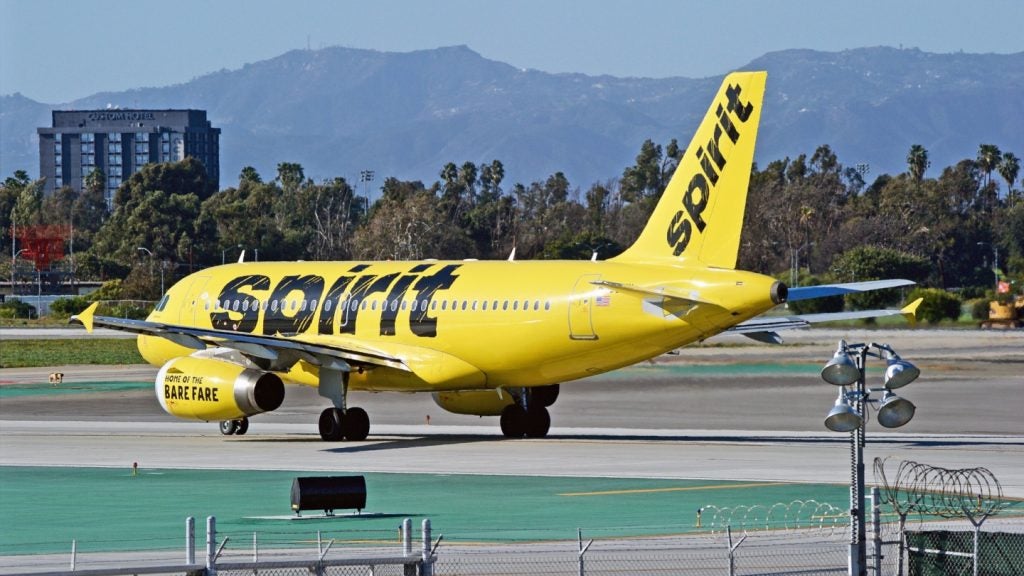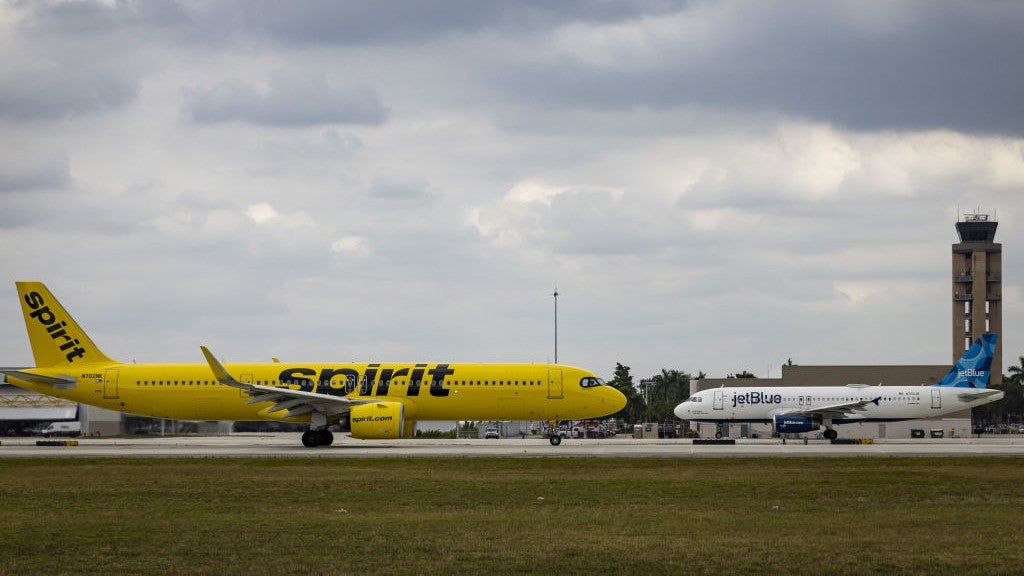
In the last year, there has been a marked change in the structure of the air travel industry in the region encompassed by member states of the Association of Southeast Asian Nations (ASEAN). These countries – Brunei Darussalam, Cambodia, Indonesia, Laos, Malaysia, Myanmar, the Philippines, Singapore, Thailand and Vietnam – have signed many agreements that all serve to liberalise the industry in the region, which now operates in a more competitive and expansive regulatory environment.
From the framework on facilitation of inter-state transport to the multilateral agreements on full liberalisation of air freight services and air services, the deals represent a milestone, the significance of which should not be underplayed. Previously, air services between ASEAN states were highly restricted. Policies designed to protect domestic air carriers from competition with foreign carriers had, for instance, kept a high wall around the route between Singapore and KL International Airport, but as of December last year this key route and many others became fully deregulated.
Airlines from ASEAN member states can now fly across each other’s territory, make stops for fuelling, and pick up passengers at one location before completing the journey to their destination. Furthermore, regional carriers are allowed to make unlimited flights between the region’s capital cities. The aim is to drive tourism within the region, promote trade and bring more investment into the air travel industry. Already the benefits of these agreements are coming to light. “As an airport we have seen positive changes. For instance, between KL International Airport and Singapore there are many more airlines operating on the route and many more flights, with the likes of JetStar and Singapore Airlines adding services,” says Dato’ Seri Bashir Ahmad, managing director and CEO of Malaysia Airports Holdings Berhad (MAHB).
Bashir has been involved since the start the initiative, which began in 2003 with a plan to phase in liberalisation of freight and passenger services. Although it has been a long road from those early discussions to the deals signed last year, he believes that the slow and steady process of refining the details has been important in ensuring that all ASEAN states gave the programme their blessing.
“It was a big step for the governments that signed up to ASEAN open skies, but they have been talking about it for many years. There has been a well established roadmap for some time now. I can’t speak on behalf of any government, but it seems they all eventually agreed to the deal, though some may have had concerns along the way,” he says.
See Also:
So far, one of the noticeable changes in the region has been the uptick in passenger numbers, although there was already a trend towards growth. Singapore’s Changi Airport, for instance, saw record traffic in 2008, with a total of 37.7 million passengers, but it is significant that Malaysia, Indonesia and the Philippines were among the main sources of that growth.
How well do you really know your competitors?
Access the most comprehensive Company Profiles on the market, powered by GlobalData. Save hours of research. Gain competitive edge.

Thank you!
Your download email will arrive shortly
Not ready to buy yet? Download a free sample
We are confident about the unique quality of our Company Profiles. However, we want you to make the most beneficial decision for your business, so we offer a free sample that you can download by submitting the below form
By GlobalDataIn Malaysia, Bashir has also seen the early signs of improving business. “There has been an increase in passenger numbers, though it has not been that large. The number of services is still limited, but frequency will improve over time. Passengers have certainly benefitted. They have far more choice and fares are lower,” he says.
Planning breeds opportunity
Although the new environment represents a major change in how the region’s air travel industry operates, and has had a long gestation period, the process of implementing the new legislative regime proved to be relatively straightforward. “The transition was very smooth because of the roadmap. Nothing was rushed and everything was implemented very well. There is, of course, an effect on the plans for airport growth and expansion in the region, and we will see where there are the biggest increases in passenger numbers,” says Bashir.
Malaysia, like other ASEAN members such as Thailand and Singapore, has been implementing a policy of investment in airport infrastructure for some time, but the open skies arrangement has brought the development of regional hub airports into sharper focus. KL International Airport (KLIA) aims to be one of those hubs, and its efforts to achieve that status have seen, for instance, the construction of a low-cost carrier terminal in 2006.
KLIA is not, however, the only focus for investment. New routes have recently been opened to Penang, Kota Kinabalu, Kuching and Langkawi. In fact, in 2008, over 60 new routes to Malaysian airports were opened up, adding more than 200 flights a week. The terminal at Lahad Datu Airport has recently been renovated to boost air travel to the Sabah region (Malaysian Borneo), and investment continues to be a priority for many other airports under MAHB’s control.
It is still very early days for the ASEAN open skies programme, given that liberalisation of cargo and passenger traffic was only finalised in December last year, but already there are signs that the region’s high hopes for the deal will be justified. Although Bashir stresses the need to move at a steady and sensible pace, he is optimistic that the new, deregulated environment will provide the platform for more important and positive changes that lie ahead.
“We will have to wait to see what impact there is from the liberalisation of the industry in the ASEAN region. More liberalisation will come in the future, but governments are taking it slowly. They are cautious, but they are optimistic,” says Bashir.
Plentiful potential
Part of the reason for the positive attitude among the backers of the region’s open skies deal is the fact that they perceive a largely untapped market in terms of intra-ASEAN traffic. “I am very optimistic about the future because if you look at the population of the ASEAN region you will find that the proportion that travel by air is very small. That means there is a lot of room for growth, especially as all the countries in the region are separated by water, so air travel particularly has a lot of potential,” says Bashir.
“The agreement has no effect on long-haul services, and the global economic situation means that growth is slowing overall, but we have more capacity and there is a shared optimism throughout the region,” he adds.
The deal certainly paves the way for more deregulation, some of which could well be aimed at opening up more external routes to encourage more traffic from outside the ASEAN region.
Last year, the open skies deal between the US and Vietnam may not have immediately led to a greater number of flights between the two countries, but alerted investors to the promising opportunities in the Vietnamese market.
The impact of the changing global economic climate is being felt across the air travel industry, and Bashir understands the effect it will have on dampening growth, but he feels that the open skies initiative among the ASEAN nations is a big step on the steady, long-term journey towards a more liberalised and, it is hoped, more profitable aviation industry. Only time will tell, but so far the signs are all positive.







